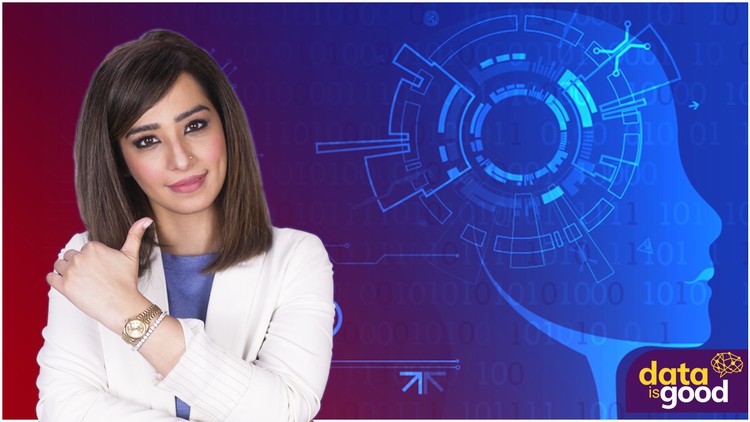
Learn Complete Unsupervised ML: Clustering Analysis and Dimensionality Reduction
What you will learn
Understand the Working of K Means, Hierarchical, and DBSCAN Clustering.
Implement K Means, Hierarchical, and DBSCAN Clustering using Sklearn.
Learn Evaluation Metrics for Clustering Analysis.
Learn Techniques used for Treating Dimensionality.
Implement Correlation Filtering, VIF, and Feature Selection.
Implement PCA, LDA, and t-SNE for Dimensionality Reduction.
Analyze the Climatic Factors Best to Grow Certain Crops.
Recommend Crops by looking at Certain Climatic Factors.
Categorize the data into n number of relevant groups which are useful for Marketing Purposes.
Identify the Target Group of Customers.
Implement Soft K-Means Clustering in Code.
Understand the limitations of PCA and t-SNE.
Machine learning Concept and Different types of Machine Learning.
Description
Crazy about Unsupervised Machine Learning?
This course is a perfect fit for you.
This course will take you step by step into the world of Unsupervised Machine Learning.
Unsupervised machine learning, uses machine learning algorithms to analyze and cluster unlabeled datasets.
These algorithms discover hidden patterns or data groupings without the need for human intervention. Its ability to discover similarities and differences in information make it the ideal solution for exploratory data analysis, cross-selling strategies, customer segmentation, and image recognition.
This course will give you theoretical as well as practical knowledge of Unsupervised Machine Learning.
This Unsupervised Machine Learning course is fun as well as exciting.
It will cover all common and important algorithms and will give you the experience of working on some real-world projects.
This course will cover the following topics:-
- K Means Clustering
- Hierarchical Clustering
- DBSCAN Clustering
- Evaluation Metrics for Clustering Analysis
- Techniques used for Treating Dimensionality
- Different algorithms for clustering
- Different methods to deal with imbalanced data.
- Correlation filtering
- Variance filtering
- PCA & LDA
- t-SNE for Dimensionality Reduction
We have covered each and every topic in detail and also learned to apply them to real-world problems.
You will have lifetime access to the resources and we update the course regularly to ensure that its up to date.
I assure you, there onwards, this course can be your go-to reference to answer all questions about these algorithms.
There are lots and lots of exercises for you to practice and also 2 bonus Unsupervised Machine Learning Project “Optimizing Crop Production” and “Customer Segmentation Engine“.
In this Optimizing Crop Production project, you will learn about Precision Farming using Data Science Technologies such as Clustering Analysis and Classification Analysis. You will be able to Recommend the best Crops to Farmers to Increase their Productivity.
In this Customer Segmentation Engine project, you will divide the customer base into several groups of individuals that share a similarity in different ways that are relevant to marketing such as gender, age, interests, and miscellaneous spending habits.
You will make use of all the topics read in this course.
You will also have access to all the resources used in this course.
Make This Investment in Yourself
If you want to ride the machine learning wave and enjoy the salaries that data scientists make, then this is the course for you!
Instructor Support – Quick Instructor Support for any queries.
Enroll now and become a master in Unsupervised machine learning.
Content